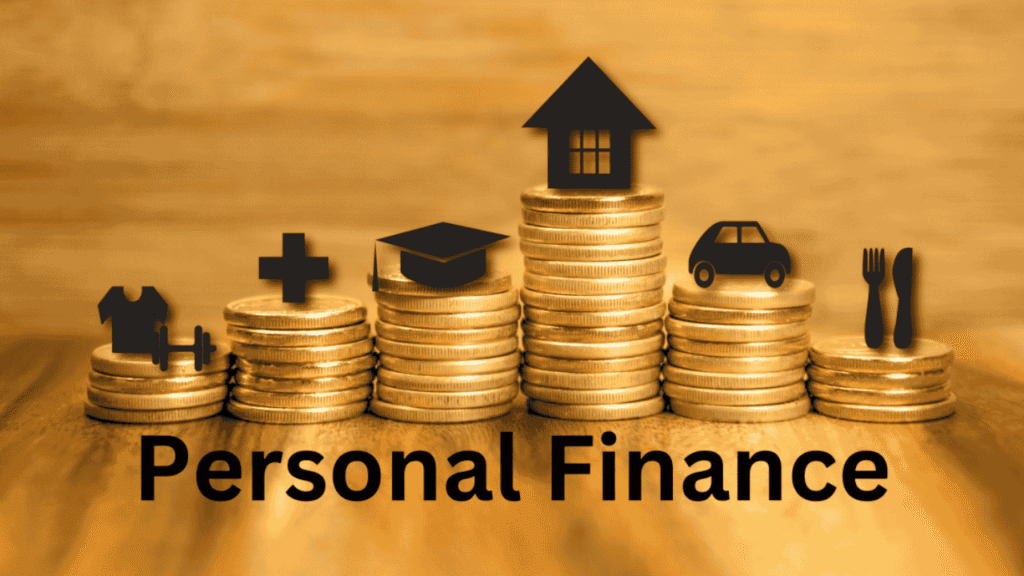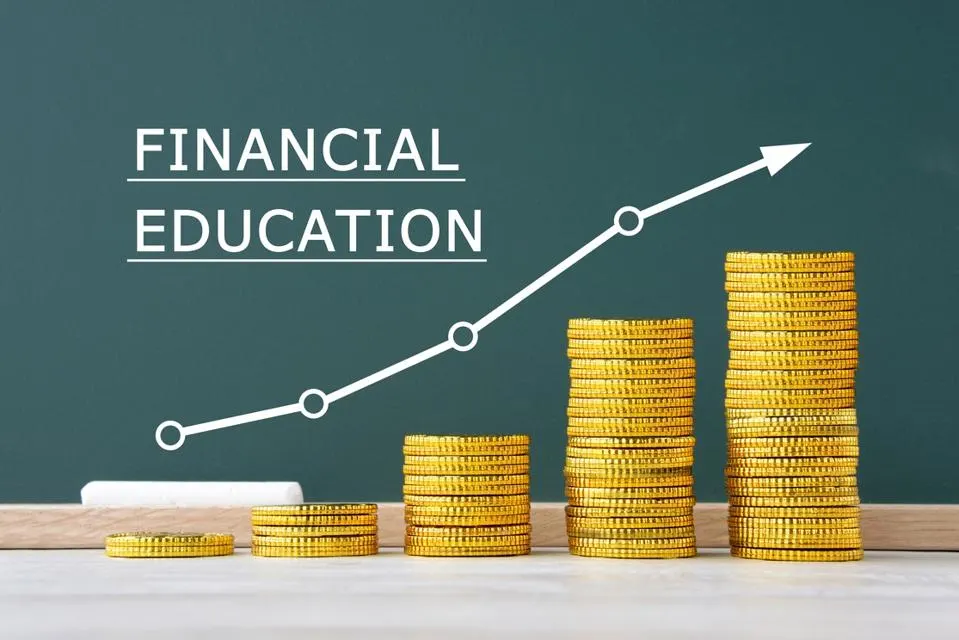1. Introduction to Personal Finance in 2025
Firstly, in 2025, personal finance has entered a new era. With AI-powered apps, robo-advisors, and automated investing, managing money is no longer a chore—it’s optimized. Moreover, rising interest rates, inflation concerns, and shifting job markets make it even more urgent to master personal finance strategies now. In short, whether you’re a student, parent, or retiree, this guide will help you navigate the financial nuances of this year with confidence.
2. Top Tools & Tech for Personal Finance
2.1 Robo‑Advisors & Automated Investing
- Betterment and Wealthfront use algorithms to optimize your investments based on risk tolerance.
- Vanguard Digital Advisor brings low-cost, goal-aligned investing to the masses.
2.2 Budgeting & Expense‑Tracking Apps
- YNAB (You Need A Budget) enforces “give every dollar a job,” promoting mindful spending.
- Mint consolidates checking, savings, and credit card accounts—making budgeting seamless.
2.3 Credit Monitoring & Score Management
- Credit Karma and Experian offer free credit scores and personalized advice.
- Self (formerly Self Lender) helps users build credit history via small loans.
2.4 Debt‑Repayment & Savings Automation
- Tally consolidates credit card debt and automates repayment.
- Qapital and Digit round up purchases and save the change for you.
2.5 Cryptocurrency & Digital Asset Tools
- Coinbase and Binance offer streamlined exchanges, while Ledger hardware wallets prioritize security.
“Automating your finances is no longer a luxury—it’s a necessity.” — Suze Orman
3. Smart Tips & Strategies for Personal Finance Mastery
3.1 Automate Everything
Transition from manual tracking to fully automated savings, debt payments, and investments. Automation ensures consistency—even on busy days.
3.2 Embrace the 50/30/20 Rule
- 50% on needs
- 30% on wants
- 20% to savings/investing
It provides balance and structure, guiding mindful spending and prudent saving.
3.3 Prioritize Emergency Funds
Aim for 3–6 months of expenses in a high-yield account for financial peace of mind.
3.4 Attack Debt Strategically
- Snowball Method: Pay smallest debts first—great for motivation.
- Avalanche Method: Pay highest-interest debts first—saves money long-term.
3.5 Invest in Index Funds
Low-cost S&P 500 or total market index funds reduce risk, minimize fees, and compound growth.
3.6 Utilize Tax‑Advantaged Accounts
- 401(k), IRA, or Roth IRA offer tax advantages—maximize employer matches!
- Also consider Health Savings Accounts (HSAs) for long-term health costs.
3.7 Leverage Side Hustles
Freelancing, gig work, or monetizing hobbies bolsters income streams and strengthens personal finance resilience.
3.8 Regularly Rebalance Your Portfolio
At least annually, ensure your investments align with your risk tolerance. Rebalancing preserves your financial plan.

4. Expert Names & Inspiring Quotes
- Warren Buffett: “Do not save what is left after spending; but spend what is left after saving.”
- Dave Ramsey: “You must gain control over your money or the lack of it will forever control you.”
- Robert Kiyosaki: “It’s not how much money you make; it’s how much money you keep.”
- Farnoosh Torabi: “Money well managed brings freedom.”
These voices illuminate the timeless principles of personal finance: discipline, clarity, and consistency.
5. Key Personal Finance Statistics (2025 Edition)
| Statistic | Insight |
|---|---|
| 68% | Percentage of U.S. adults using budgeting apps in 2025—a 15% rise from 2020. |
| 45% | Share of millennials and Gen Z who automate savings monthly. |
| 30% | Average annual return on major index funds like the S&P 500 (last decade). |
| ₹12,000 | Average monthly savings by Indian users using digital investment tools in 2024. |
These numbers underscore a powerful shift: tech-driven money habits are mainstream.
6. FAQs
Q1: What is the best personal finance app for beginners?
A: Mint is ideal for starting—its budgeting features and account integrations are user-friendly and free.
Q2: Should I use robo‑advisors or DIY investing?
A: Use robo-advisors if you’re newer to investing and prefer automated, low-cost portfolio management. As you gain experience, transitioning to hands-on investing may make sense.
Q3: How much should I automate?
A: Automate essentials: savings, debt payments, and investments. Leave discretionary spending manual to maintain conscious control.
Q4: Can-side hustles hurt my personal finance progress?
A: Not if managed wisely. Allocate side hustle income to extra savings or accelerated debt repayment—just ensure balance with rest and your core job.
7. Expert & High-End Resources
- NerdWallet’s Personal Finance Guides – Deep-dive articles on everything from credit cards to mortgages.
- Morningstar – Investment research powerhouse with ETF and fund ratings.
- The Balance – Clear, practical guides on budgeting, taxes, and money habits.
- Harvard Business Review (Finance Section) – Top-tier analysis on financial behavior and strategy.
8. Transitioning with Ease
- First, download one budgeting app—Mint or YNAB.
- Next, set up automation for savings and bills.
- Then, open a robo-advisor or low-cost brokerage account.
- After that, focus on debt reduction and portfolio diversification.
- Finally, commit to quarterly reviews—build discipline through consistency.
✅ Conclusion
Take control of your personal finance journey in 2025 by combining smart tech, strategic habits, and expert guidance. As Warren Buffett advises, “Investing is laying out money now to receive more money in the future.” With the right tools, you’re not just securing wealth—you’re crafting a future of financial freedom.





